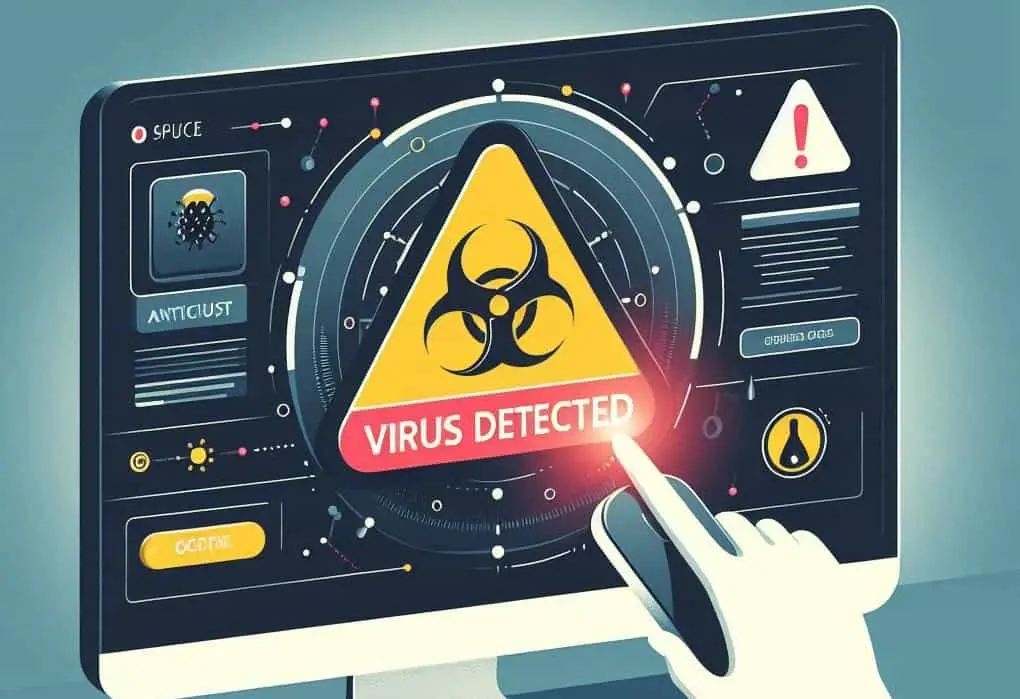Mobile Mastery: Transforming Work Habits with 8 iOS Productivity Techniques

COVID-19 has accelerated our reliance on digitization. Our lives have become more intertwined with the online world, from digital payments and shopping to virtual meetings, conferences, and training sessions. Additionally, we have witnessed unfortunate incidents of unauthorized access to official Zoom meetings, with individuals hiding their identities and causing disruptions. Instances of financial fraud have also become alarmingly frequent.
Among all Windows cybersecurity measures, the most famous is the use of an antivirus. However, there is a whole world outside of antivirus software that can also significantly affect the resistance of your devices to hacking. We will help you secure Windows from hackers.
While BitLocker is available on Windows 10 Pro and Windows 10 Enterprise, it is not included in Windows 10 Home. However, it is worth noting that all versions of Windows offer some form of disk encryption, and there are various free options available online as well. By enabling full disk encryption, you can greatly reduce the risk of unauthorized data access. Once you enable BitLocker or any other preferred full disk encryption solution, remember to securely store the recovery key on both USB storage and paper, as advised by Matt Aldridge, principal solutions architect at Webroot.
All VPN apps are designed to encrypt data and hide it from anyone who is trying to track us. You can download a VPN for your PC to bypass regional restrictions or hide your IP address. If you decide to make Windows VPN download, choose a reputable and time-tested provider. For example, VeePN offers, in addition to the features listed above, the ability to protect against viruses, bypass restrictions even on streaming platforms that can detect VPNs, and protect against viruses. All this is available thanks to more advanced security technologies, including fast and reliable VPN protocols.
Enabling MFA for all critical accounts and services enhances security by adding an extra layer of protection. Users are required to provide additional verification factors, which significantly reduces the risk of unauthorized access, even if passwords are compromised. SMEs should ensure the activation of MFA.
By default, granting employees numerous privileges enables them to access sensitive data, even if it's unnecessary. This approach increases the risk of insider threats and allows hackers to access sensitive data as soon as they compromise an employee's account. The better solution is to utilize the principle of least privilege. This means assigning each user the fewest access rights possible and elevating privileges only if necessary.
If access to sensitive data is not needed, corresponding privileges should be revoked. Alongside the principle of least privilege and the zero trust model, an even more granular approach to controlling user privileges is just-in-time access management. This approach involves providing employees with access upon request for a specific time and a valid reason.
When selecting password management tools, prioritize those that offer passwordless authentication, one-time passwords, and password encryption capabilities. If you still trust employees to handle their own passwords, consider including the following recommendations in your cybersecurity policy:
Regularly, work emails receive phishing scams that attempt to steal personal details and login credentials. If you receive emails containing suspicious links or attachments, avoid opening them. It's better to be safe than sorry. The most effective protection measure is personal caution in everything, but you can also do VPN download for your browser or device. This VPN includes anti-phishing technology. If your employer's email system provides a way to report phishing emails, utilize it.
The best practice is setting up separate user accounts and avoiding the use of ones with Administrator privileges for your day-to-day needs. However, if your day-to-day tasks call for it, using such accounts may be necessary. It's better to have a single admin account solely for installing new software or updates while maintaining an unprivileged user account for all other activities. If admin privileges are needed, such as when installing software, Windows 10 will display a pop-up box requesting the admin password to proceed. This approach ensures simplicity and security, which I greatly appreciate.
Include data backup as a crucial part of your security strategy in case of unexpected events. You can try using a trusted cloud backup service to continuously back up your data and keep a local copy of critical files offline, preferably in a fire safe. Moreover, ensure that you have enabled System Restore and that restore points are being created successfully. This advice is commonly overlooked until people experience problems, but it is still valuable for both home and office users. By having an offline backup, you are triple-protected against ransomware attacks, hardware failures, or device theft.
Regularly conducting audits helps you assess the state of your organization's cybersecurity and make necessary adjustments. During audits, you can identify various aspects, including cybersecurity vulnerabilities, compliance gaps, and suspicious activity by employees, privileged users, and third-party vendors. The quality of an audit depends on collecting comprehensive data from different sources such as audit logs, session records, and metadata.
Having an audit trail is crucial as it provides detailed security logs of UAM solutions, offering valuable information about the actions of both end users and privileged users. This includes activity metadata, screenshots, and other relevant details. This information allows you to conduct root cause analysis for security events and identify weaknesses in your cybersecurity. If you decide to deploy a UAM solution, look for those that offer reporting on specific types of actions, incidents, and users, as these reports significantly expedite and simplify your audits.
By 2024, you can expect the emergence of cloud security, wider adoption of the zero trust model, stricter cybersecurity compliance requirements, and an uptick in threat detection and response tools. However, while these technologies are being tested in the real world, stick to the practices listed above. They have already proven their reliability and are time-tested.

